We all know there’s a problem out there when it comes to women and science. Girls are discouraged from learning about science, and women are harassed out of scientific careers; in fact, the general public doesn’t even think of women when they think of scientists. We’re in a world where few little girls get the chance to imagine themselves as the next generation of engineers, chemists, or physicists.
But just what kind of role models do we have out there for a world that desperately needs more female scientists? Well, there’s more than you might think, both good and bad, in the worlds of fiction. Let’s break them into a few categories, shall we?
She Really Should Be a Scientist
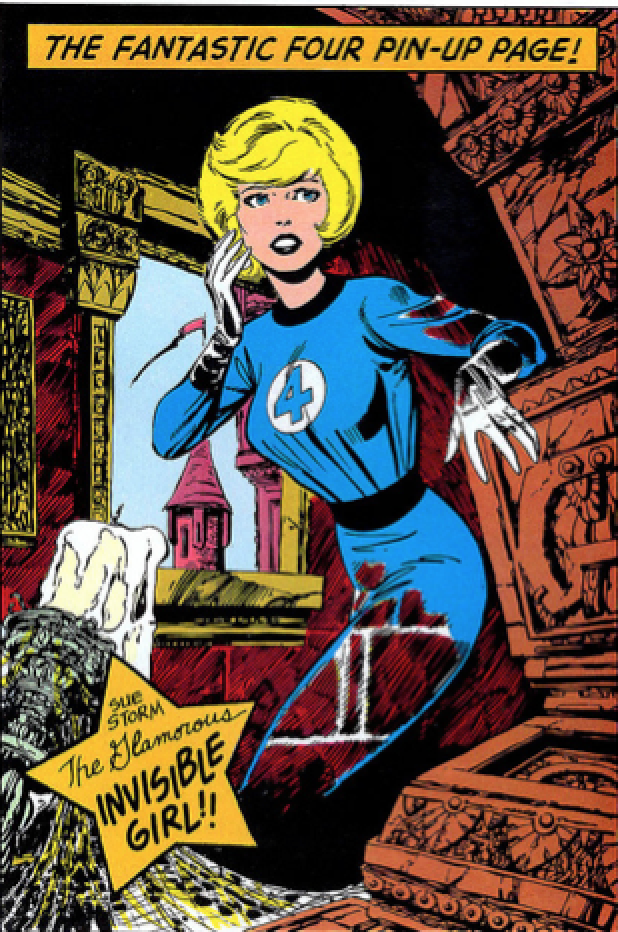
One of the more interesting kinds of lady scientists in fiction is all the characters who have been around for decades, but only became scientists later. In these cases, sometimes the women use their new careers to become more well-rounded characters; other times, they seem to only be scientists because, well, it’s just kind of logical.
Susan Storm, a.k.a. the Invisible Woman, spent years as the Fantastic Four’s team mom and designated damsel in distress. The only reason she was in space to get her powers in the first place was because she wanted to be with her boyfriend on his dangerous mission. It’s only recently that Sue’s been re-written as a scientist in her own right; but even now, science is a minimal part of her character. It’s never a Susan Storm invention that opens a portal to another dimension or foils Dr. Doom. It seems like she’s only a scientist so that her origin story makes sense.
This can be seen in a lot of modern versions of classic characters. Now there are incarnations of Wasp, Jane Foster, Gwen Stacy, and even April O’Neil who seem to be scientists only so they have an excuse to meet the hero or be around at key plot points. As characters, these women can still be great, but as scientists they often give the impression that their lab coats are only accessories. It’s the difference between women just being love interests and being love interests with jobs.
There’s Science Somewhere Behind Those Boobs 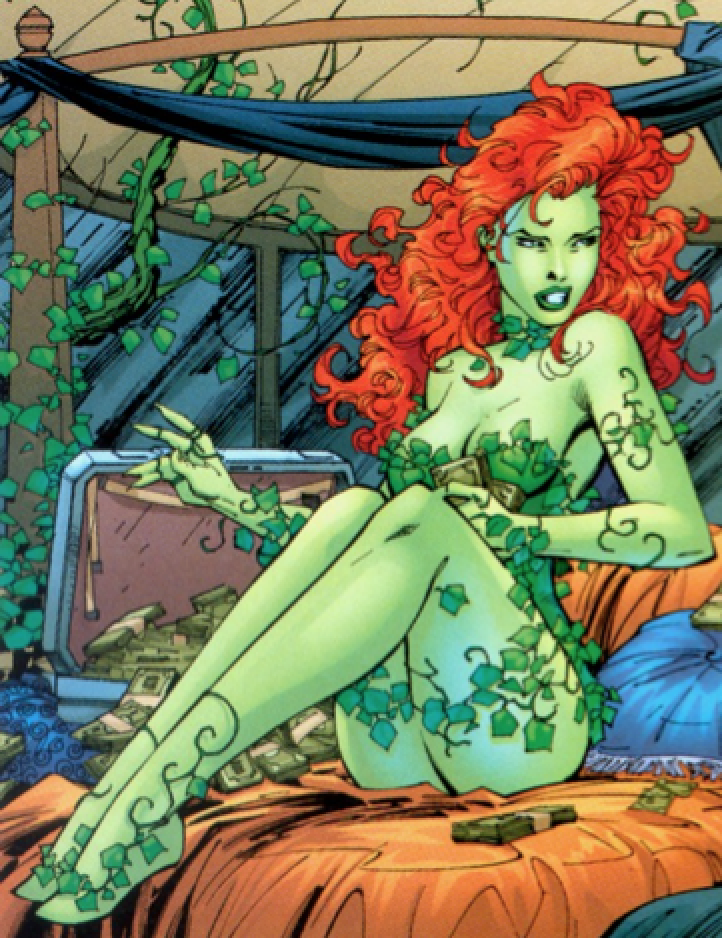
A related trope comes from the women who are scientists, but mainly as a means of making them sex symbols. It’s most common among villains because, of course, sex is evil.
Pamela Isley was once a typical botanist, Harleen Quinzel was a respected psychiatrist, and Louise Lincoln was a noted physicist. Then they became Poison Ivy, Harley Quinn, and Killer Frost, and either discarded their science or used it for evil. Somehow that also meant wearing leaves, undersized corsets, or ice leotards for the rest of their lives. If these women are mascots for science, it’s only as pinups.
These ladies do tend to do a better job of representing scientists than the previous category, though. Evil women tend to have more agency, working independently for their own personal goals. They’re also characters who get to actually invent things. How can you not respect a woman who can create sentient plants? You have to! Otherwise her science will kill you! The trouble is, every time Poison Ivy is drawn with invisible high heels or Harley is wearing boob socks, we get a certain messages. As impressive as these women, these scientists, are within their own worlds, we’re only supposed to see them as objects for sexual gratification. If only Poison Ivy’s artists respected her as much as Batman does.
Well, Someone’s Got to Invent the Plot 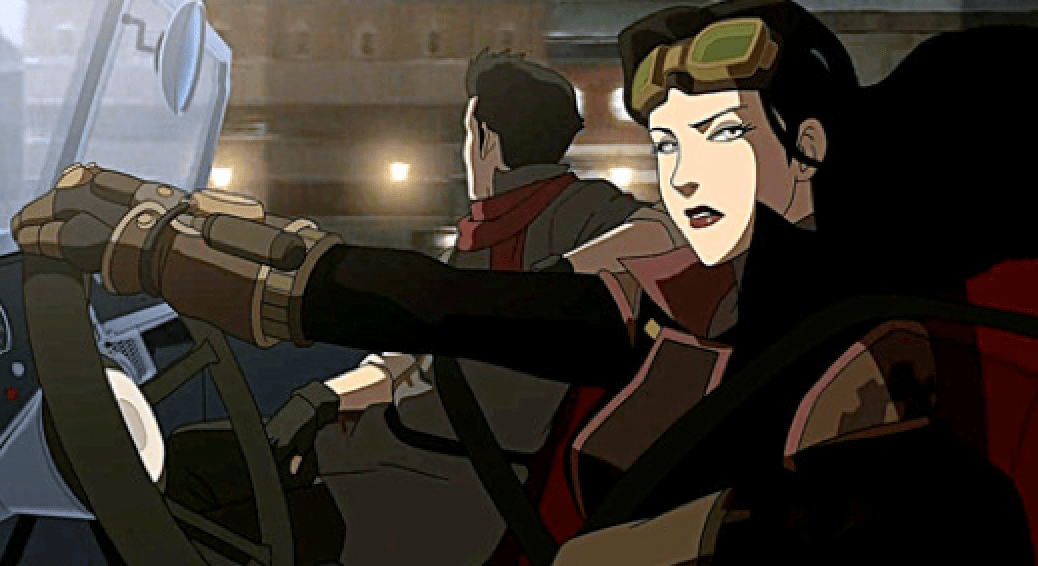
These women still aren’t the main characters, but you have to wonder how anyone would get anything done without them. They’re scientific geniuses with their brilliance on full display. Sometimes they invent the things that take you from episode to episode like Gretchen in Recess, Gadget in Chip ‘n Dale Rescue Rangers, and sometimes even Velma in Scooby-Doo.
Other times their technical wizardry drives the whole series. Where would the Dragon Ball world be without Bulma to invent the dragon ball detector? How could the Fullmetal Alchemist accomplish anything without Winry to build and maintain incredible prosthetics for him? And of course the world of Bioshock would be a lot duller without Dr. Tenenbaum’s research into ADAM and the Little Sisters.
Narratives might not always give these characters the attention they deserve, but no one doubts their genius. These scientists have even become some of the most popular characters of their fandoms. Just look at all the cosplays of Ed from Cowboy Bebop, Kaylee from Firefly, and Asami from The Legend of Korra.
These are women who are far more than sex objects or love interests with a convenient hobby. They’re characters that are important. They serve a vital purpose to their stories. Maybe they won’t save the world themselves, but the heroes sure aren’t going to do it without them.
Realistic Scientists 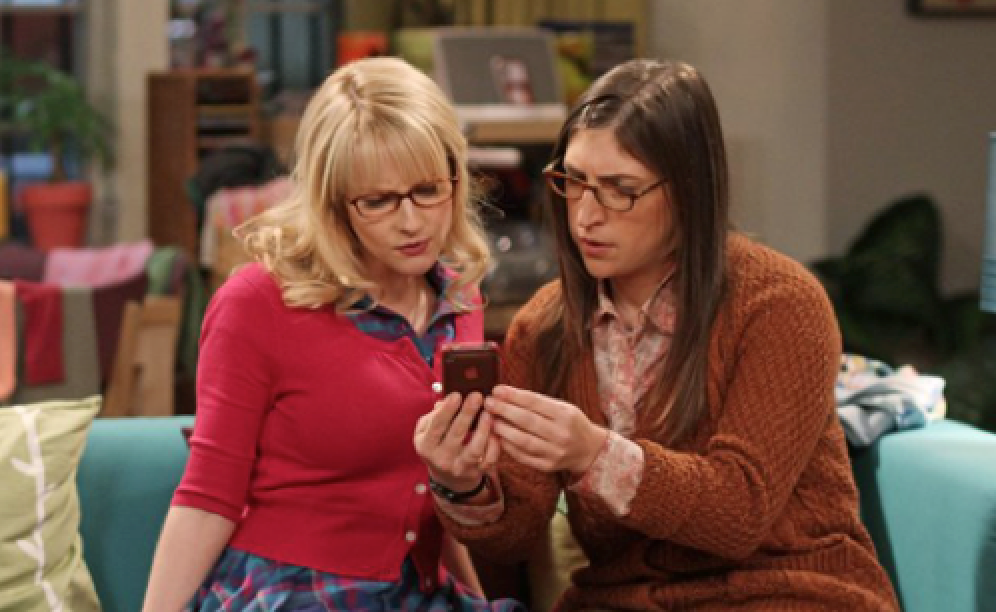
The worlds of fantasy and sci-fi are great, but they can only inspire us so much. It’s also important to see what science is like in the real, or mostly real, world.
Dr. Temperance “Bones” Brennan of Bones and Abby of NCIS do wonderful work as forensic scientists. We also get to see Dr. Sattler doing the careful, methodical work of paleobotany before her life goes to a Jurassic hell.
Some of the best representations of real life science though come from The Big Bang Theory. The show has its flaws, but it also has smart, well-rounded, and respected female scientists as central characters. Bernadette is a microbiologist, Amy is a neurobiologist, and Leslie Winkle is a physicist. Their lives aren’t sensational. They don’t get superpowers or invent giant robots or solve murders. Instead they do what most scientists do: they ask questions; they do research; they try to find ways to improve the world and increase our understanding of the universe one tiny step at a time. Besides that, they have lives outside of science. They’re not obsessively cold and logical. They still date, have personal struggles, and act silly.
These are women who show us not only that there can be female scientists, but also that being a scientist is typical walk of life. It can be right for anyone. In most fiction it can be hard to pin what field a scientific character even works it in. These women are rooted in reality. In some ways, that makes them the most inspiring of all.
Please, She Is the Plot
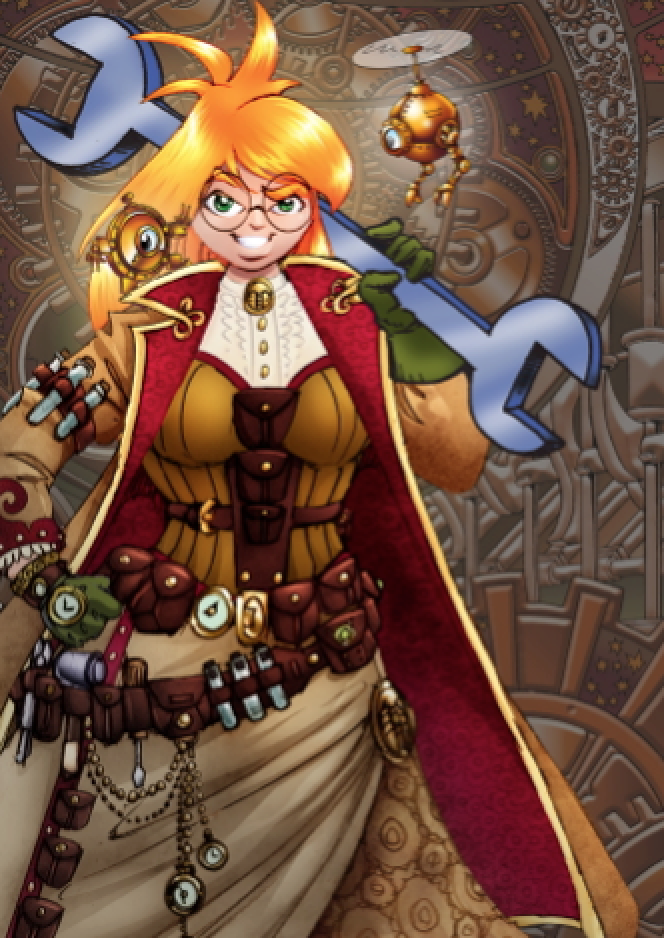
But, as great as the realistic women are, who doesn’t want to be the real hero of the story?
Princess Bubblegum, while not the star of Adventure Time, has saved her kingdom dozens of times, even to the point of using her scientific knowledge to bring her citizens back to life. Kat Donlan of Gunnerkrigg Court is a virtual goddess among robots whose inventions have saved her friends’ lives time and time again. Tinkerbell has been reinvented as a “tinker” fairy who can produce all sorts of gadgets and gizmos to protect her people from Captain Hook. Oracle foils villains the world over with her computer wizardry. And, finally, Agatha Heterodyne of Girl Genius is the quintessential mad scientist, using her amazing mind to build both flying machines and the perfect cup of coffee.
These women are incredible. They’re heroes and scientists of the highest order. They not only save the day, they change the world. The saddest thing about them is how few characters there are that fit this mold. These are the women that can make little girls dream the biggest and the brightest. It’s these scientists that can make us believe that nothing is impossible, that the world is there to be questioned and explored, and that that exploration can be a part of our own lives. Because in a way being a scientist is like being a real-world hero. It’s about believing that you personally can change the world. And that gets a little easier with every incredible role model you have to look up to.
Alex Townsend is freelance writer, a cool person, and really into gender studies and superheroes. It’s a magical day when all these things come together. You can follow her on her tumblr and see her comments on silver age comics. Happy reading!
—Please make note of The Mary Sue’s general comment policy.—
Do you follow The Mary Sue on Twitter, Facebook, Tumblr, Pinterest, & Google +?



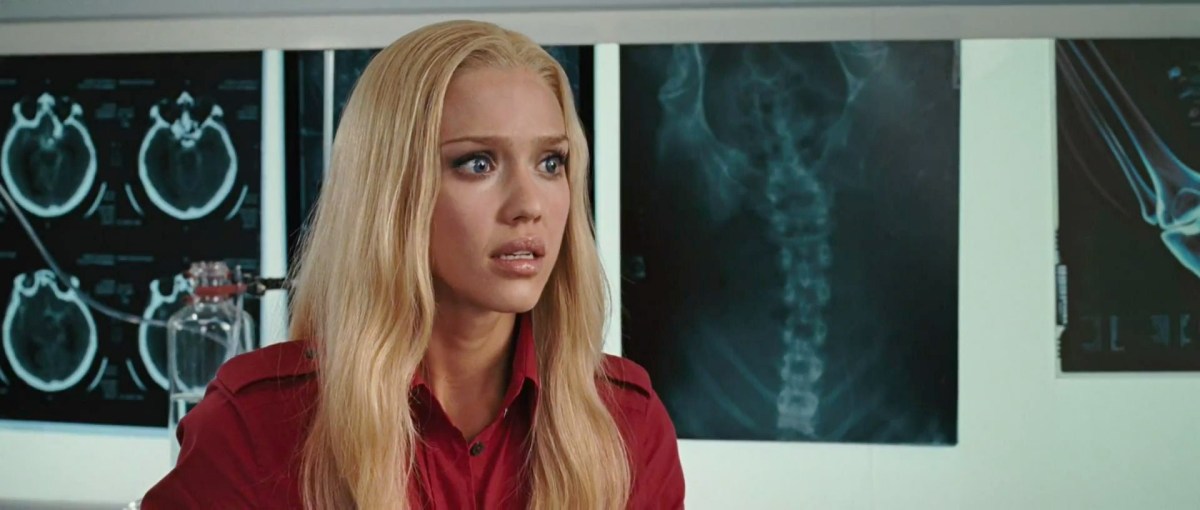





Published: May 19, 2015 10:30 am